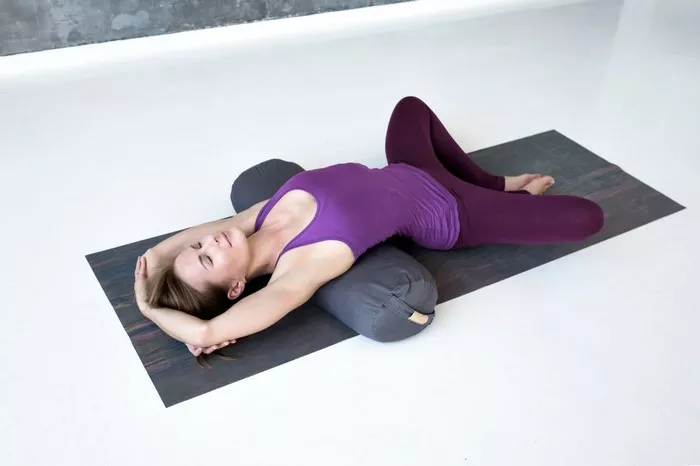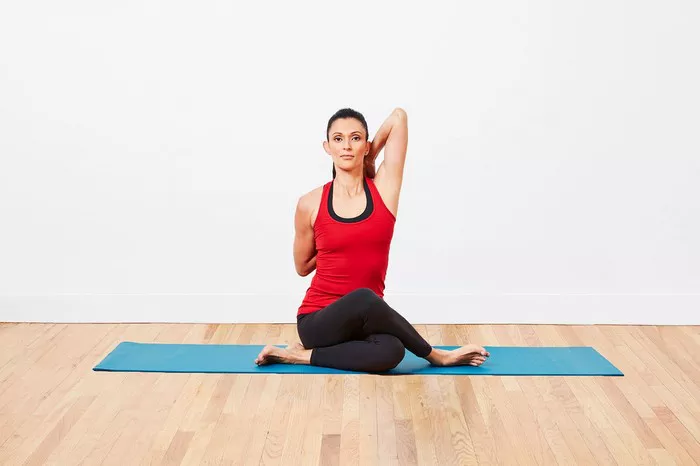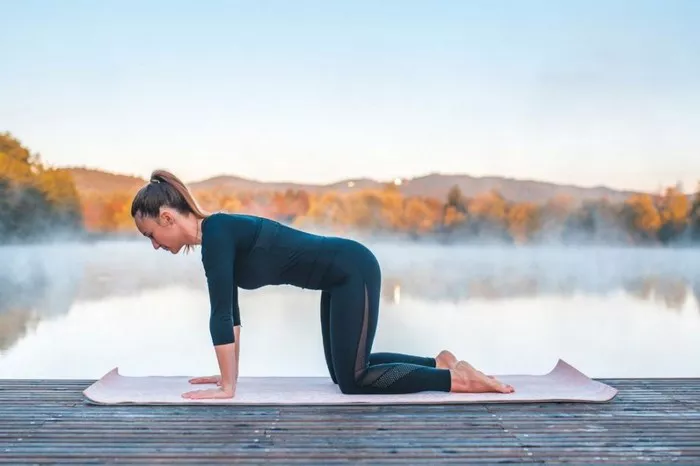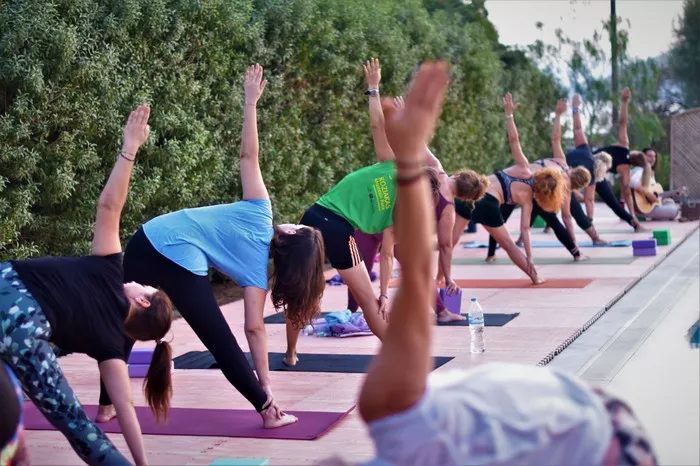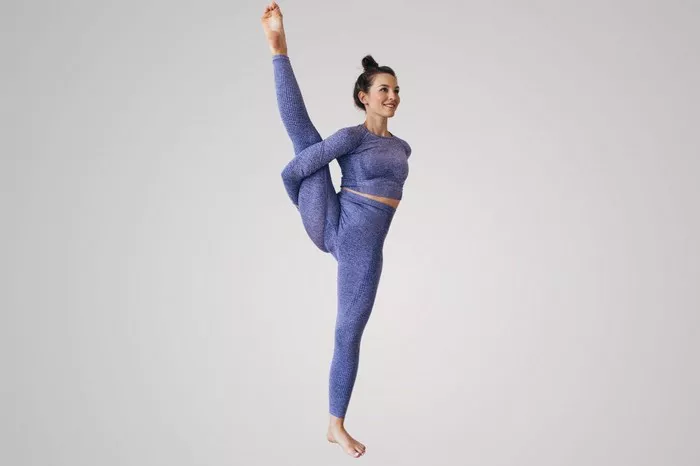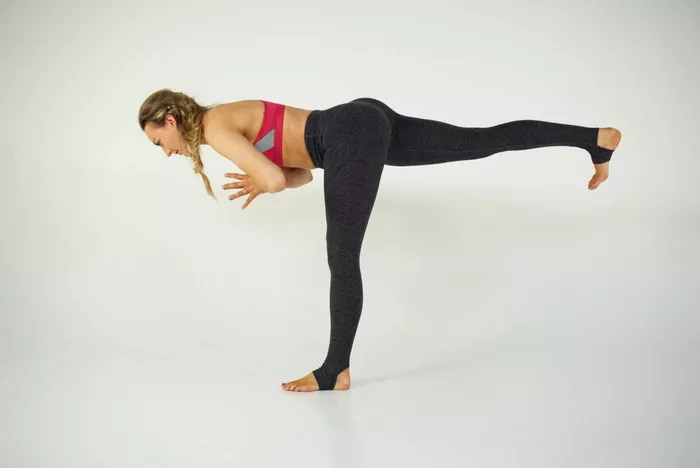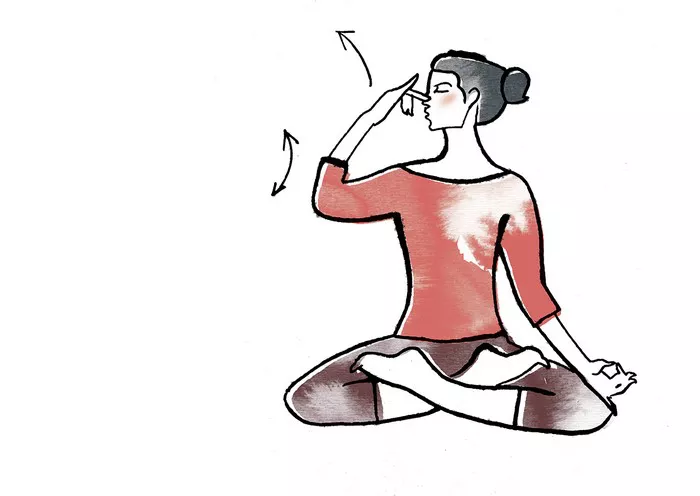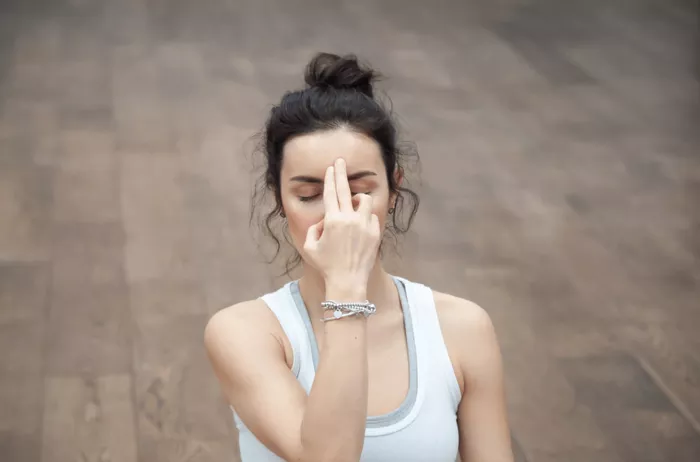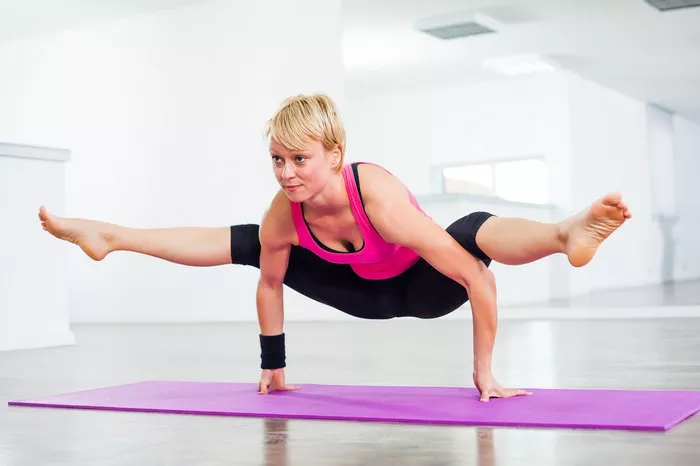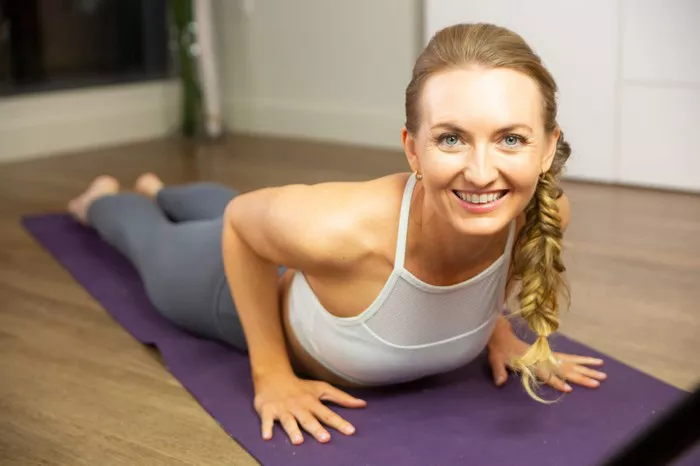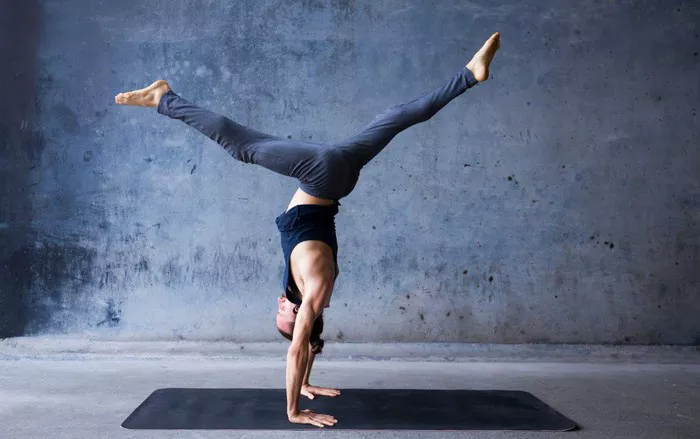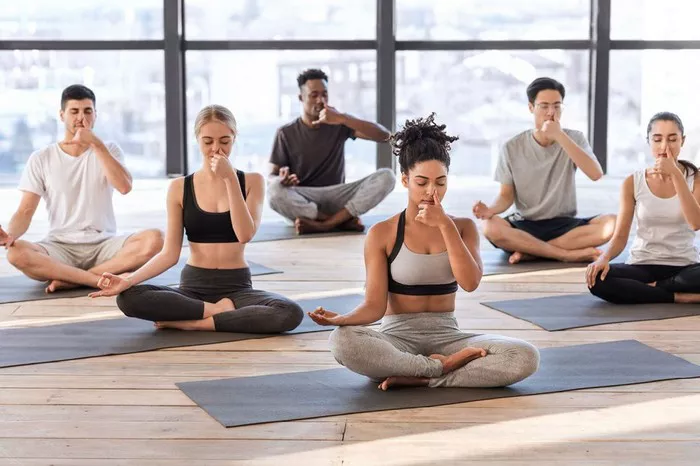Bridge Pose, known as Setu Bandhasana in Sanskrit, is a foundational backbend in yoga that offers a wide range of benefits for the spine, hips, chest, and mind. However, as with any yoga posture, practitioners often wonder about its impact on specific joints—especially the knees. Concerns about knee safety are common, and it’s crucial to understand the mechanics, benefits, potential risks, and modifications associated with Bridge Pose to practice it safely and effectively.
In this expert guide, we will explore whether Bridge Pose is bad for the knees, dissect its anatomical aspects, provide insights into how to practice it correctly, and offer variations suitable for different body types and levels of flexibility.
Understanding Bridge Pose: Anatomy and Alignment
Bridge Pose is a supine backbend that primarily targets the glutes, hamstrings, spinal extensors, and core. When done correctly, it also strengthens the knees and increases stability in the lower body.
Key Components of Bridge Pose:
- Feet placement: Hip-width apart, parallel, and close enough to the glutes that the fingertips can graze the heels.
- Knee alignment: Directly above the ankles, not splaying out or collapsing inward.
- Spine and hips: Spine extends gently, hips lift toward the ceiling, creating a “bridge” shape.
- Engagement: Glutes, hamstrings, and core engaged to lift and support the pose.
When these components are correctly aligned and activated, the knees are supported and stabilized. Problems arise when alignment is off or when there is a pre-existing knee condition.
Is Bridge Pose Inherently Bad for the Knees?
The short answer is: No, Bridge Pose is not inherently bad for the knees. In fact, when performed with correct alignment and awareness, it can actually support and strengthen the knee joint.
However, issues can arise due to the following:
- Improper Alignment: Allowing the knees to splay out or collapse inward can place undue stress on the ligaments and tendons around the knee.
- Lack of Muscle Engagement: If the glutes and hamstrings are not engaged, the knees might bear excessive load.
- Pre-existing Conditions: Individuals with knee injuries, arthritis, or ligament instability may experience discomfort or pain in Bridge Pose.
- Overuse or Repetition: Practicing Bridge Pose repeatedly without rest or without variation can strain the knee joint, especially if alignment is compromised.
Common Knee Issues in Bridge Pose
- Knee Pain in the Front (Anterior Knee Pain): Often due to knees extending past the ankles or collapsing inward.
- Medial Knee Strain: Caused by inner knee stress when knees are too close together or collapse inward.
- Lateral Knee Pain: Linked to excessive outward splaying of the knees.
- Strained Ligaments or Tendons: Can result from aggressive lifting without proper engagement of stabilizing muscles.
Understanding these potential issues is crucial for prevention. The good news is that with minor adjustments, most people can safely practice Bridge Pose.
How to Practice Bridge Pose Safely
Step-by-Step Guide
- Lie on Your Back: Place your arms alongside your body, palms facing down.
- Bend Your Knees: Bring your feet flat on the floor, hip-width apart, with your heels close enough to your sitting bones.
- Check Your Alignment: Knees should stack above the ankles; thighs should be parallel.
- Engage the Core and Glutes: Slightly tuck your tailbone and engage your abdominal muscles.
- Lift Your Hips: Press into your feet and lift your hips toward the ceiling.
- Hold and Breathe: Stay for 5–10 breaths, maintaining steady engagement and alignment.
- Release Gently: Lower your spine slowly, one vertebra at a time.
Tips for Knee Safety
- Use Props: A block between the thighs can help maintain knee alignment.
- Wall Support: Practice with feet pressing into a wall to build awareness.
- Visual Feedback: Use a mirror to monitor knee positioning.
- Listen to Your Body: If you feel strain or discomfort, come out of the pose.
Variations and Modifications
Modifications can help make Bridge Pose accessible and safe for everyone:
- Supported Bridge Pose: Place a block under your sacrum to reduce muscular effort and pressure on the knees.
- Feet on a Wall: This variation minimizes strain and helps maintain proper alignment.
- Dynamic Bridge: Move in and out of the pose with breath to build strength gradually.
- Mini Bridge: Lift hips just a few inches off the floor to reduce pressure.
- Knee Support: Place a folded blanket behind the knees if hyperextension is a concern.
Who Should Be Cautious?
While most practitioners can benefit from Bridge Pose, certain individuals should exercise caution:
- People with Knee Injuries: Consult with a healthcare provider or physical therapist before practicing.
- Those with Arthritis: Modify with support and avoid long holds.
- Hypermobile Individuals: Focus on stability and muscle engagement rather than depth.
- Post-Surgical Patients: Especially those recovering from knee or hip surgery.
Benefits of Bridge Pose Beyond the Knees
Even though this article focuses on knee safety, it’s important to highlight the full range of benefits:
- Strengthens Glutes, Hamstrings, and Core: Supports overall lower body health.
- Improves Spinal Flexibility: Enhances posture and back health.
- Opens the Chest and Shoulders: Counteracts the effects of poor posture.
- Stimulates the Thyroid and Lungs: Through throat and chest expansion.
- Calms the Mind: Can help reduce anxiety and stress when practiced mindfully.
Final Thoughts
Bridge Pose is not bad for the knees when practiced with correct alignment, mindful engagement, and appropriate modifications. It can even be a supportive pose for individuals looking to strengthen and stabilize the knee joint.
That said, individual anatomy, pre-existing conditions, and movement patterns all play a role in how any posture is experienced. As with all yoga practices, the key is to listen to your body, seek guidance when needed, and prioritize form over depth.
If you experience persistent discomfort in the knees during Bridge Pose, consider consulting a certified yoga instructor or physical therapist. With the right approach, Bridge Pose can be a safe, therapeutic, and empowering addition to your yoga practice.
Related Topics:

